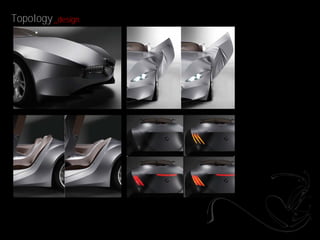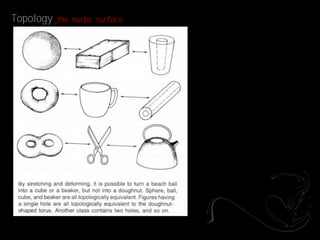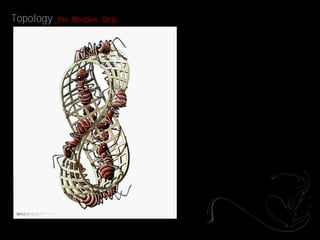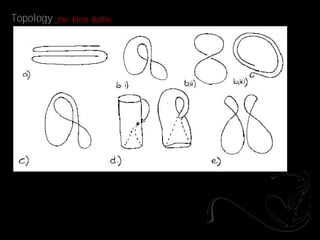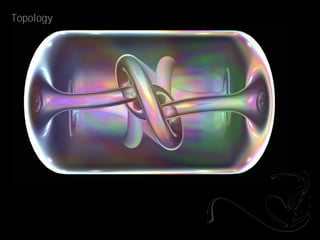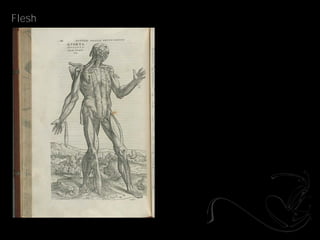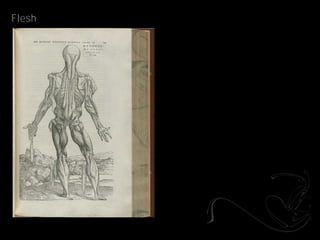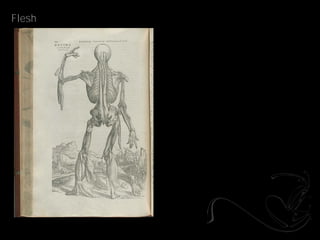topology of surface
- 1. Pratt Institute _School of Architecture _Sensation Tectonics Arch 522C.09/.10: _Introduction to 3D Modeling and Visualization _Instructor: _Robert Brackett _Robert.Brackett3@gmail.com _Instruction: _Tuesdays , 6:00 ŌĆō 9:00 _Credits: _03 _Classification: _Elective
- 2. Topology _the nurbs surface _Non Uniform Rational B-Splines
- 3. Topology _the nurbs surface
- 5. Topology _the nurbs surface _Continuity & Patches
- 6. Topology _the nurbs surface _Manifolds _Riemannian Manifolds To measure distances and angles on manifolds, the manifold must be Riemannian. A Riemannian manifold is a differentiable manifold in which each tangent space is equipped with an inner product ŃĆłŌŗģ,ŌŗģŃĆē in a manner which varies smoothly from point to point. Given two tangent vectors u and v, the inner product ŃĆłu,vŃĆē gives a real number. The dot (or scalar) product is a typical example of an inner product. This allows one to define various notions such as length, angles, areas (or volumes), curvature, gradients of functions and divergence of vector fields.
- 7. Topology _the nurbs surface
- 8. Topology _the nurbs surface
- 9. Topology _the Moebius Strip
- 10. Topology _the Moebius Strip
- 11. Topology _the Klein Bottle _ A Klein Bottle is a 4-Dimensional topography that cannot be embedded within 3-Dimensional space. The surface has some very interesting properties, such as being one-sided, like the Moebius strip; being closed, yet having no "inside" like a torus or a sphere; and resulting in two Moebius strips if properly cut in two.
- 12. Topology _the Klein Bottle
- 13. Topology
- 14. Topology _Thickening the Surface
- 15. Topology _Thickening the Surface
- 16. Topology _The Human Ear
- 17. Topology _The Human Ear
- 18. Topology _The Human Ear
- 20. Topology _from Surface to Flesh
- 21. Topology _Andreas Vesalius
- 22. Flesh
- 23. Flesh
- 24. Flesh
- 25. Flesh
- 26. Flesh
- 27. Flesh
- 28. Flesh
- 29. Flesh
- 30. Flesh
- 31. Flesh
- 32. Flesh
- 33. Flesh
- 34. Flesh




